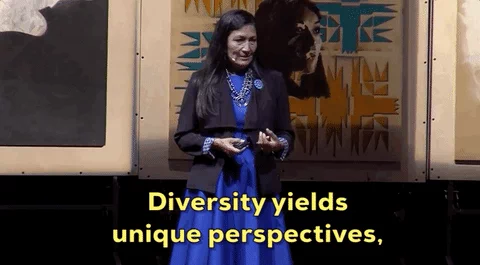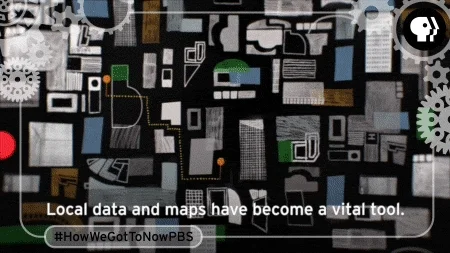Have you ever seen a well-researched report sit on a shelf, offering little to no real solutions for the problems it studied?

Many people feel that research often seems out of touch with real-life challenges. Traditional approaches can overlook the insights of the people most affected by the issues being researched.
Have you ever wondered how you can work with your community to tackle challenges and create real lasting change together?
Participatory action research (PAR) flips the script — empowering communities to shape the process and create solutions that work for them.

What is Participatory Action Research?

Participatory action research is a collaborative method where communities and researchers work as equal partners to solve problems. This research method is:
Community-based: Focuses on local issues and the organizations serving them.
Participatory: Directly engages community voices and knowledge throughout the research process and its outcomes.
Action-based: Inspires and supports positive community transformation and social change.
Community Participation in Research

Participation is the key to PAR! Strong relationships and trust create open dialogue and genuine collaboration.
How community members contribute to participatory action research:
Design phase: Identify critical issues and priorities in their community.
Data collection phase: Gather insights, address sensitive topics, and improve reliability of results.
Report & action phase: Ensure cultural and social relevance, inspiring lasting positive change.

Example issue:
A number of residents in Shapesville are concerned about the lack of streetlights in their neighborhood, and they believe this contributes to unsafe conditions at night.

1. Identify the Topic & Engage Partners

The first step to participatory action research is perhaps the most important — defining the problem you want to solve.
Ask the community: What is their mission? What are their needs, strengths, and goals? What capacities do they have?
Ask yourself: What do I want to know? What geographic areas will be participating?
Example:
Shapesville residents identify poor lighting as a major issue. They collaborate with a local community organization and city officials to define the problem and ensure that everyone agrees on the goals: increasing safety and mobility for pedestrians.

Quiz: When identifying a research topic in PAR, what should you prioritize?
A. A problem that aligns with the researcher's interests.
B. An issue that the community identifies as important and actionable.
C. A topic that requires minimal collaboration.
D. A challenge that is easy to solve without community involvement.
Quiz
Choose the best answer for the above question:
2. Data Collection & Analysis

Collect data that reflects both community insights and administrative records (e.g. perception of safety and crime statistics).
As a participatory action researcher, make sure to:
Identify data needs and find existing data.
Create and test tools to ensure ethical and unbiased data collection.
Train community members in data-gathering practices.
Example:
Community members conduct surveys and gather stories of incidents that happened in poorly lit areas. They also work with the city to obtain crime data for the neighborhood and map areas with inadequate lighting.

3. Report & Action Plan

Involve the community in:
Interpreting research findings.
Developing and presenting an action plan.
Engaging with the wider community in implementing solutions.
Example:
The group presents their findings in a Shapesville community meeting, highlighting the overlap between poorly lit areas and crime hotspots. Together, they develop an action plan to petition the city for better streetlights, secure funding, and involve volunteers in advocating for safer streets.

Quiz: What makes participatory action research different from traditional research?
A. It focuses on publishing findings in academic journals.
B. It only collects qualitative data from community members.
C. It is conducted solely by professional researchers.
D. It prioritizes collaboration with community members and action-driven solutions.
Quiz
Choose the best answer for the above question:
Take Action

Anyone can engage in participatory action research! Here's how you can do it:
Your feedback matters to us.
This Byte helped me better understand the topic.
